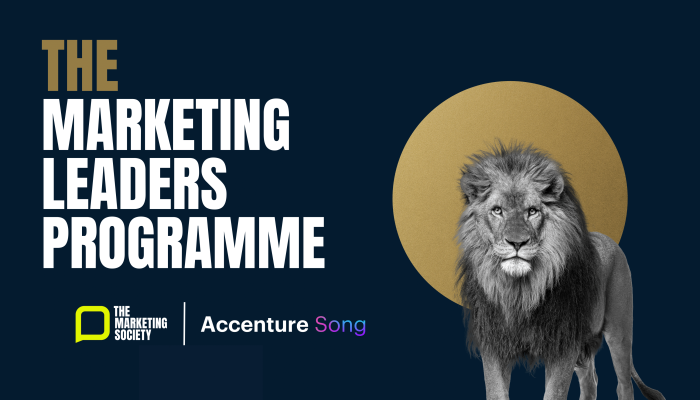Embracing diversity in the work place matters and it is becoming of increasing importance to an organisation’s success and ability to innovate. Research has shown that despite our best intentions, however, individuals inadvertently allow their unconscious biases - or assumptions - to influence their actions and behaviours in ways that can stifle diversity. To create a truly inclusive and diverse workplace, we must be brave enough to acknowledge our biases and their impact on our decision making.
This requires the conversation to move beyond the still important topic of race and gender and focus on all the differences people bring that make them unique, such as education, religion, beliefs, age or regional accent.
We are seeing a wealth of tools, products, apps and programmes coming online that are significantly improving the way we handle employee well-being, manage recognition and reward, communicate with employees, and of course how we attract, recruit, train and develop.
While these tools go some way towards helping us uncover and address unconscious biases in our organisations, we cannot rely on them as the sole method to help us diminish them. Most of the tools I’ve come across that are designed to mitigate bias in the recruiting functions for example, assume that bias is focussed on gender, education, and probably age.
They don’t take into consideration many of the other unconscious biases that can be present around our differences, for example accent, weight, image, sexual orientation or political views, all of which can impact someone’s view on the individual and whether we want to work with them on not.
If we use this blind hiring approach it can bring a candidate through the door but it does not ensure they will feel or be included once they are working within the organization. It is as much about inclusion as it is about selection, and this aspect of avoiding unconscious bias is reliant on behaviour and attitude, and the reason why technology and tools must be used in conjunction with other human-led initiatives.
The tools are not making the decisions.
We are, and we need to be bolder – especially when we know that CEOs include diversity and equality in their top business priorities, but we are not seeing a big enough shift.
Tech tools also do not go far enough in helping people understand the impact of their own unconscious bias, or micro-aggressions, whether they be intentional or not. Saying to someone with a hispanic name, “I thought you would speak Spanish”, or telling a women she is aggressive because she voices a strong point of view, or even telling a person of colour how articulate they are, comes from a place of bias.
Education and awareness will help mitigate them, and this cannot be done just with a technology platform, we need to understand the impact of what we are saying, and the impact it has on an individual and how it might influence others to think. At the end of the day, we want to get the best out of people, and we will only do that when they feel that their voice and opinion is heard based on the content and the contribution they bring.
The HR community has not been immune to the momentum of the digital revolution and has benefitted hugely from the increasing prevalence of technology in all aspects of our job. But tech tools are just one part of any solution, and in particular, in addressing the complexities of unconscious bias.Companies should not assume that by investing in this type of technology, they have solved the problem.
Commitment needs to be seen in our processes, tools and, most importantly, in the everyday actions of the senior-most leaders to make a change, and address the subject of bias head on.
By Marie-Claire Barker, global chief talent officer, MEC.



